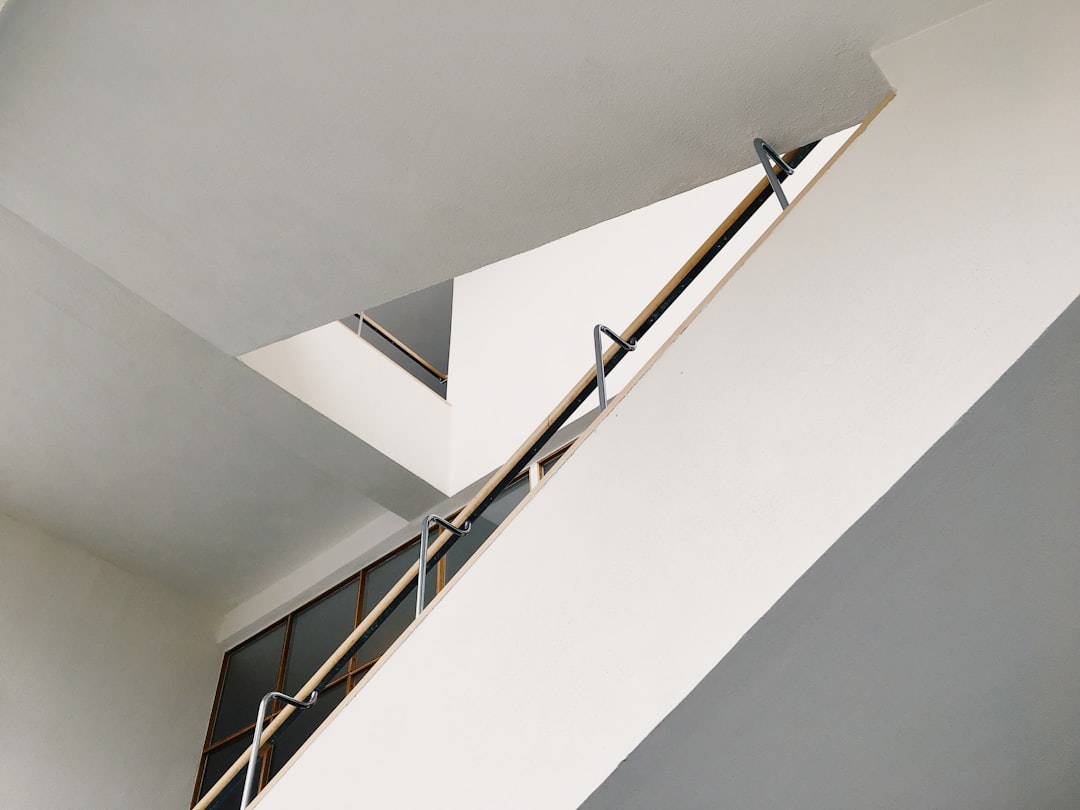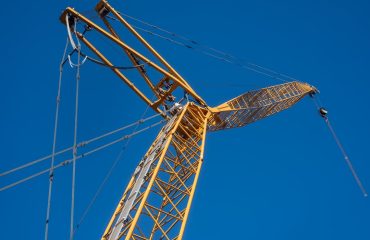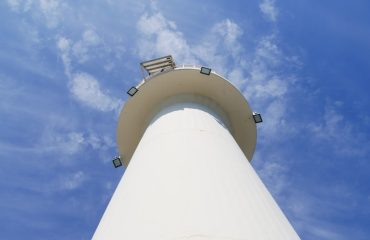Equal angle bars, also known as angle irons or simply angles, are ubiquitous in various industries. These L-shaped steel sections, with equal leg lengths, offer a remarkable combination of strength, versatility, and cost-effectiveness. This comprehensive guide delves into the world of equal angle bars, exploring their properties, manufacturing processes, diverse applications, and advantages.
Understanding the Properties of Equal Angle Bars
Equal angle bars are typically manufactured from mild steel, although other materials like stainless steel, aluminum, and even specialized alloys are available depending on the application. Key properties that contribute to their widespread use include:
- High Tensile Strength: Their L-shape provides excellent resistance to bending and torsional forces, making them ideal for structural applications.
- Weldability: Equal angle bars readily weld to other steel components, facilitating easy fabrication and assembly.
- Ductility: They can be easily bent and shaped, allowing for customization to fit specific project requirements.
- Cost-Effectiveness: Compared to other structural shapes, equal angle bars often provide a more economical solution for many applications.
- Availability: They are readily available in various sizes and lengths from steel suppliers worldwide.
Manufacturing Processes of Equal Angle Bars
The production of equal angle bars typically involves a hot-rolling process. Molten steel is cast into a continuous billet, which is then passed through a series of rollers to shape it into the desired L-shape. The process is highly automated and ensures consistent dimensions and quality. After hot rolling, the bars undergo cooling and may be subjected to further processing, such as straightening, cutting to length, and surface treatment (e.g., galvanizing for corrosion resistance).
Precision is crucial in the manufacturing process. Slight variations in dimensions can affect the structural integrity of the final product. Therefore, stringent quality control measures are implemented throughout the production line to ensure the bars meet the required specifications.
Diverse Applications of Equal Angle Bars in Construction
In the construction industry, equal angle bars serve as indispensable components in a wide range of applications:
- Structural Framing: They are used to create strong and rigid frames for buildings, bridges, and other structures.
- Support Beams and Braces: Their high tensile strength makes them ideal for supporting heavy loads and providing lateral stability.
- Reinforcement: They can be used to reinforce concrete structures, increasing their overall strength and durability.
- Staircase Construction: Equal angle bars form the foundational elements of many staircase designs, providing support for steps and railings.
- Metal Roofing and Cladding: They are used as framing members for supporting roofing sheets and cladding panels.
Beyond Construction: Other Uses of Equal Angle Bars
The versatility of equal angle bars extends far beyond construction. They find applications in diverse sectors, including:
- Manufacturing and Fabrication: Used extensively in the creation of machinery, equipment, and custom metalwork.
- Automotive Industry: Used in chassis construction, providing strength and rigidity to vehicle frames.
- Furniture Making: They can form the base for various furniture pieces, providing both structural support and a unique aesthetic.
- Agricultural Equipment: Used in the construction of farm machinery and implements.
- Decorative Applications: With appropriate finishing, equal angle bars can be used to create visually appealing designs in both interior and exterior settings.
Selecting the Right Equal Angle Bar: Size, Material, and Finish
Choosing the correct equal angle bar for a specific application requires careful consideration of several factors:
- Size: The dimensions (leg length and thickness) must be adequate to support the anticipated loads.
- Material: The choice of material (mild steel, stainless steel, etc.) depends on the environmental conditions and required properties (corrosion resistance, strength).
- Finish: Different finishes (e.g., galvanized, painted, powder-coated) offer varying levels of corrosion protection and aesthetic appeal.
- Grade: Steel grades (e.g., A36, ASTM A572) influence the yield strength and other mechanical properties.
Consulting with a structural engineer or experienced metalworker is crucial for selecting the appropriate equal angle bar for your project to ensure structural integrity and safety.
Equal angle bars are truly versatile and indispensable components across numerous industries. Understanding their properties, manufacturing processes, and diverse applications is key to leveraging their full potential in your projects.




